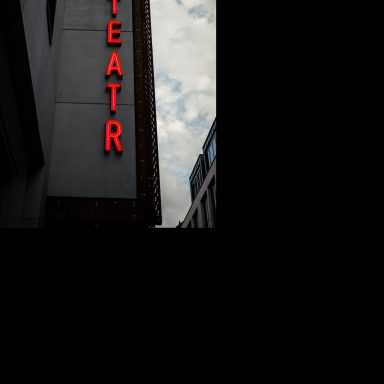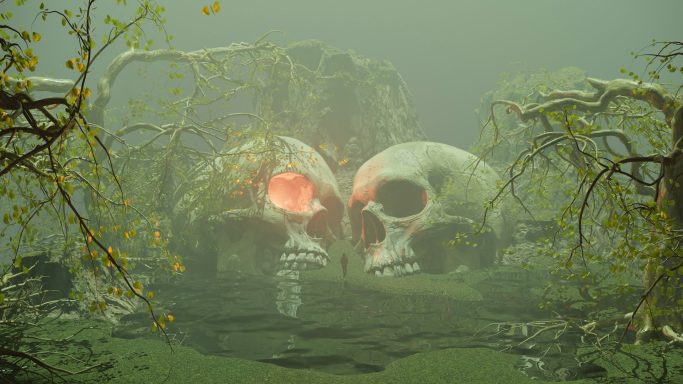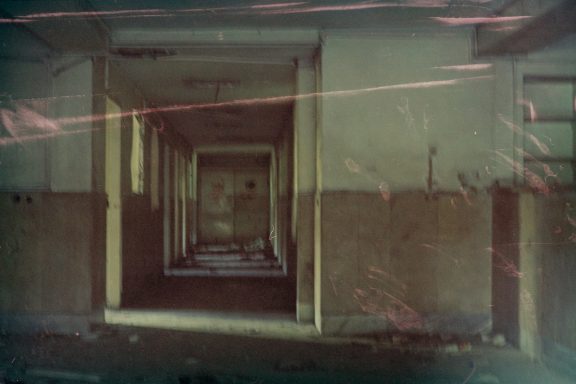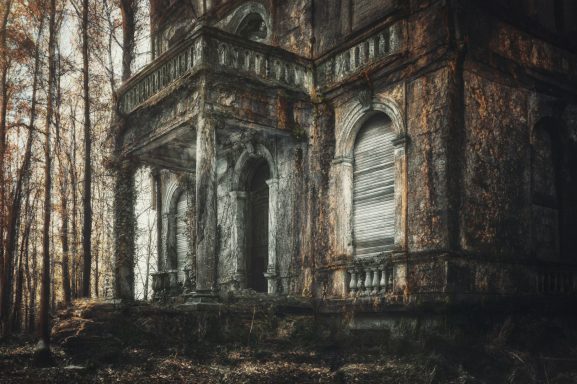
Unpacking the Shadows of Masculinity in Shakespeare
The Dark Side of Patriarchal Influence
The works of William Shakespeare have long captivated audiences with their intricate characterisation and complex themes. One of the most profound themes present in his plays is that of toxic masculinity and the detrimental effects of patriarchy. This exploration delves into the tragic flaws of iconic characters such as Hamlet, Macbeth, and Othello, each of whom grapples with their own interpretations and expressions of masculinity within the restrictive confines of a patriarchal society.
In ‘Hamlet’, we witness the young prince’s struggle against societal expectations and the burden of avenging his father’s death. His indecisiveness can be seen as an internal conflict influenced by the toxic masculine ideal of action at any cost, leading to tragic consequences not only for himself but for those around him. Moreover, Hamlet's complex relationship with Ophelia highlights the damaging effects of patriarchal expectations on women's agency and identity, further illuminating the pervasive influence of male dominance in shaping individual destinies.
Similarly, Macbeth embodies the pitfalls of unchecked ambition and the corrosive nature of power. Consumed by a desire to meet the expectations of masculinity defined by success and dominance, Macbeth descends into moral decay, leading to his ultimate downfall. Othello, on the other hand, demonstrates how jealousy, often fuelled by patriarchal norms surrounding masculinity, can distort perceptions and relationships. His tragic end serves as a stark reminder of the destructive power of male insecurities rooted in societal stereotypes. Through these characters, Shakespeare not only critiques the notion of masculinity but also invites audiences to reflect on the broader implications of patriarchy and its profound effects on human behaviour.

Revisiting the Masters: Insights from Shakespeare's Tragedies
Unveil the Tragic Flaws
Engage with powerful quotes from the plays that exemplify the tragic flaws of Hamlet, Macbeth, and Othello. These carefully selected lines not only reveal the essence of each character but also illuminate the cultural pressures that ultimately contribute to their downfalls. In Hamlet, the reflective prince grapples with indecision and moral conflict, exemplifying his tragic flaw through his famous soliloquy, "To be, or not to be: that is the question." Here, we see the burden of existential thought weighing heavily on him. Likewise, in Macbeth, the relentless ambition of the titular character fuels his quest for power, leading to his notorious declaration, "I am in blood, Stepp'd in so far that should I wade no more, returning were as tedious as go o'er." This encapsulates how his masculinity compels him to pursue a path of destruction. Othello’s inherent jealousy becomes his tragic defect; as he states, "O, beware, my lord, of jealousy! It is the green-eyed monster which doth mock the meat it feeds on.” These pivotal quotes serve as a reflection of the toxic expectations of masculinity that these characters struggle with, highlighting how such societal pressures can distort identity and destiny.
Unveiling the Depth of Tragedy
The exploration of tragedy in literature often reveals profound insights into the human condition. At Sovereign Edit, we delve into the intricacies of carefully selected quotes, each serving as a gateway to understanding the overarching themes that define classic and contemporary plays. This section is dedicated to analysing these poignant words, shedding light on their significance and the powerful emotions they evoke.
The Interplay of Literary Elements
Through our analysis, we illustrate how literary elements such as symbolism, imagery, and character development manifest within the context of the quotes. Each quote is not merely a statement; it is intricately woven into the narrative fabric of the play, enhancing its thematic richness and emotional impact. By dissecting these elements, we unearth the deeper meanings and societal critiques embedded in the text.
Toxic Masculinity and Patriarchy
A critical lens on the quotes often reveals troubling societal issues, notably toxic masculinity and patriarchal structures. The characters’ actions are frequently a reflection of ingrained societal norms, and our analysis seeks to highlight how these themes contribute to the tragic outcomes portrayed in the plays. Understanding these dynamics allows for a fuller appreciation of the characters’ motivations and the larger societal commentary provided by the playwright.

Connecting Quotes to Societal Issues
In this section, we draw connections between the profound insights of the chosen quotes and the societal issues they illuminate. By reflecting on the characters’ struggles against the backdrop of toxic masculinity, we encourage readers to consider how these themes resonate in today’s world. This critical dialogue not only enriches our understanding of the plays but also prompts necessary discussions around modern masculinity and gender roles.
A Journey through Words
Join us as we embark on a journey through the words of these tragic quotes. Each analysis serves as an educational tool, offering interpretations and reflections that provoke thought and inspire conversation. At Sovereign Edit, we believe that literature holds the power to challenge societal norms and pave the way for change, and our in-depth analyses aim to contribute to that conversation.
Gallery of Tragedy
At Sovereign Edit, we invite you to delve into our 'Gallery of Tragedy', where visual representations of the iconic characters Hamlet, Macbeth, and Othello come to life. Each piece in this curated collection sheds light on the tragic journeys these characters undertake, exploring the depths of their emotional landscapes and the complex themes woven throughout their narratives. Through this artistic exploration, viewers are encouraged to engage with the rich visual symbolism that encapsulates the essence of each character's story. The gallery serves not only as a reflection of their despair and turmoil but also as a celebration of the profound impact that tragedy has in the theatre of human experience. Join us on this journey to understand the heart of these timeless tales and their relevance in the realm of art.
Exploring the Intersection of Masculinity and Tragedy
Sovereign Edit invites you to delve into the intricacies of masculinity through the lens of tragedy. Our "Masculinity and Tragedy Grid" offers a curated selection of key moments from classic and contemporary plays, entwined with insightful commentary that challenges perceptions of patriarchy. This grid serves as a powerful tool to unpack the tragic flaws and societal pressures that shape the male experience in theatre.

Patriarchy in Tragedy
Understanding Societal Constructs
In this section, we examine how traditional constructs of masculinity influence the narratives of tragedy. Characters often face insurmountable expectations, leading to their downfall. Our commentary invites reflection on how these societal pressures manifest in both historical and modern contexts, prompting a dialogue about their relevance today.

The Tragic Hero
Flaws that Define Their Fate
The concept of the tragic hero has long been defined by their inherent flaws and struggles against societal norms. This segment highlights characters whose patriarchal pressures shape their journeys, inviting consideration of how these traits lead to both personal and communal tragedy. It’s a stark reminder of the consequences of failing to navigate the complexities of masculinity.

Voices of Resistance
Challenging Masculine Norms
Amidst the tragedy, there are voices that challenge the status quo. This section celebrates those characters who resist traditional masculine ideals, offering alternative narratives that redefine strength and vulnerability. Through their stories, we explore the possibility of a more equitable understanding of masculinity within the frameworks of tragedy.

Visual Narratives of Masculinity
Artistic Representations
The grid not only presents textual analyses but also visual components that enhance understanding of the themes explored. Powerful imagery from productions serves to illustrate the tragic nuances of masculinity, engaging audiences on multiple levels. We invite viewers to reflect on how these artistic expressions contribute to the ongoing discourse surrounding manhood and its representation in art.
©Copyright. All rights reserved.
We need your consent to load the translations
We use a third-party service to translate the website content that may collect data about your activity. Please review the details in the privacy policy and accept the service to view the translations.







